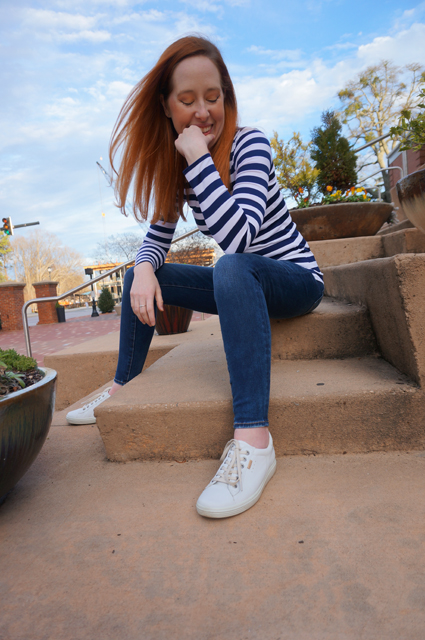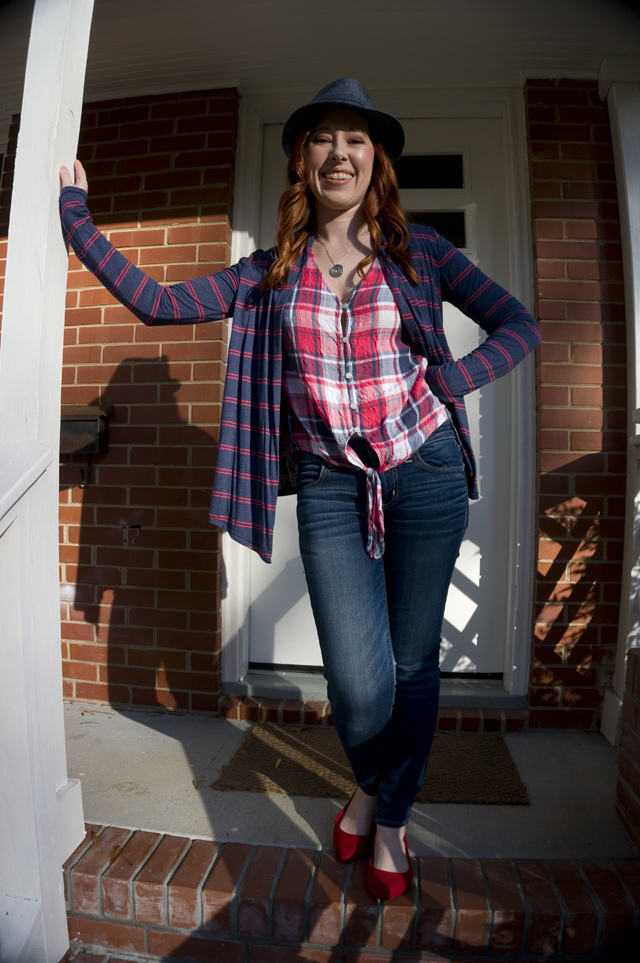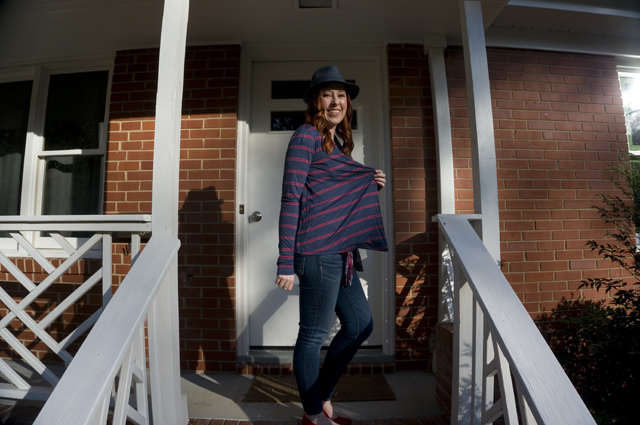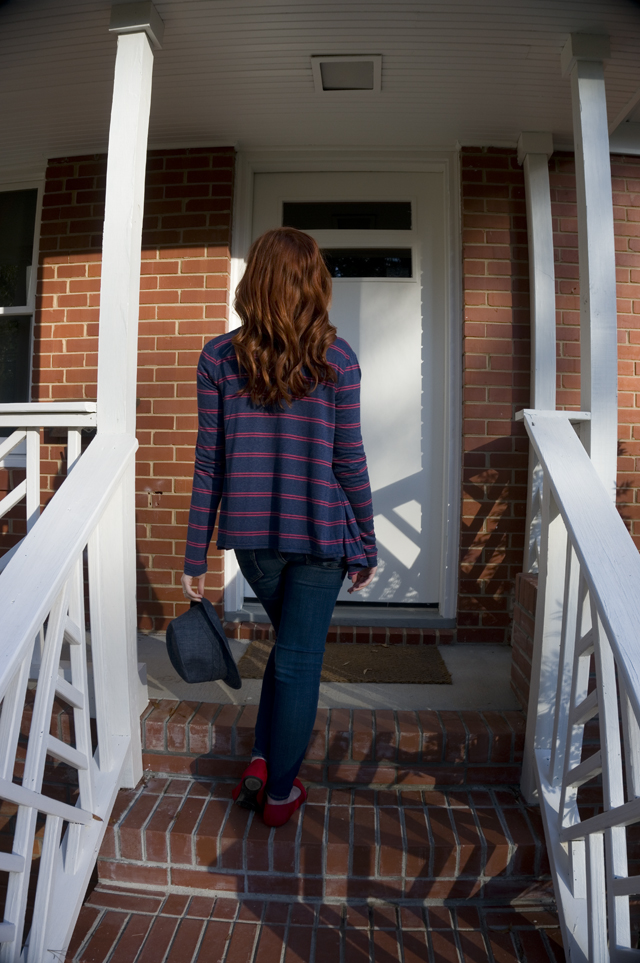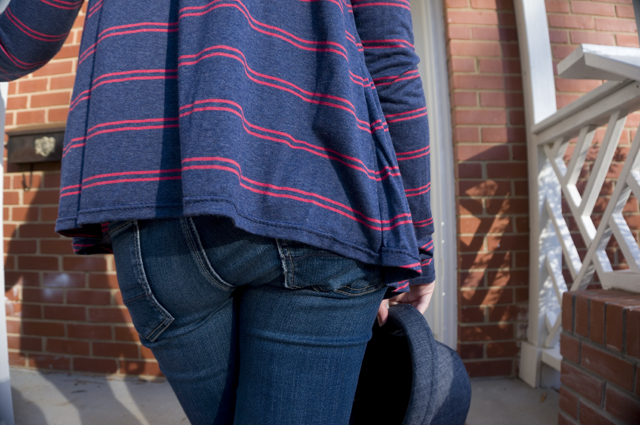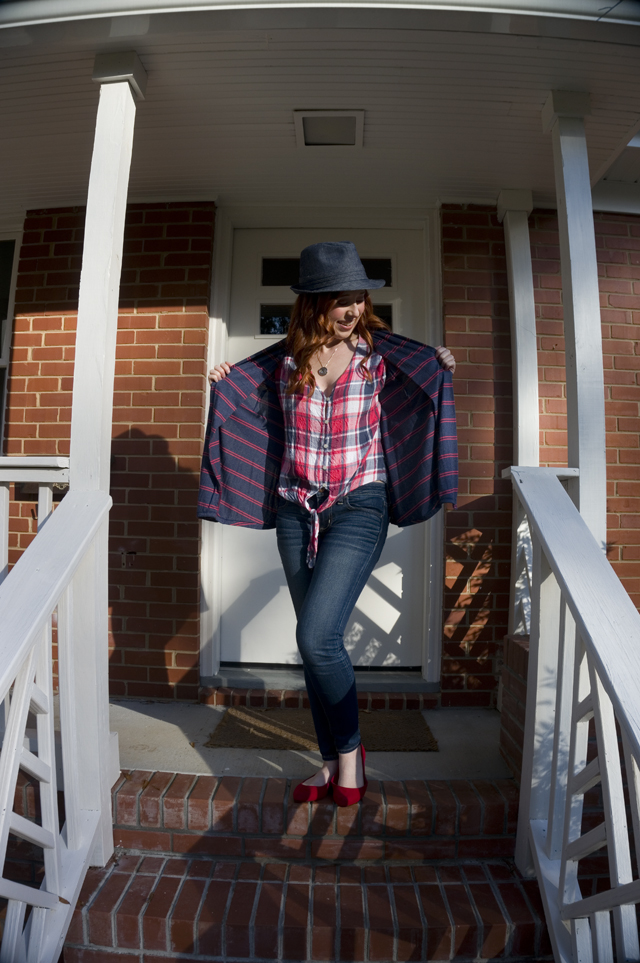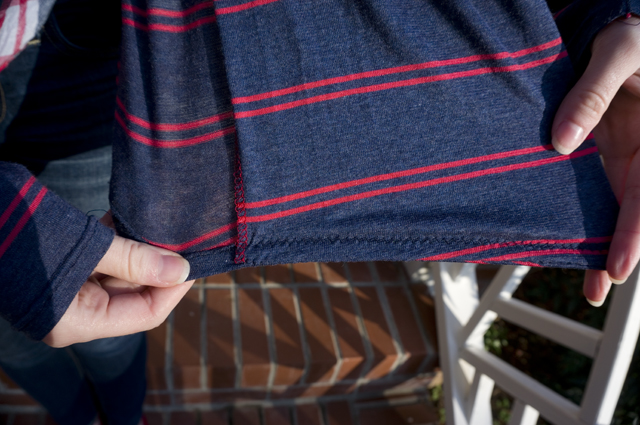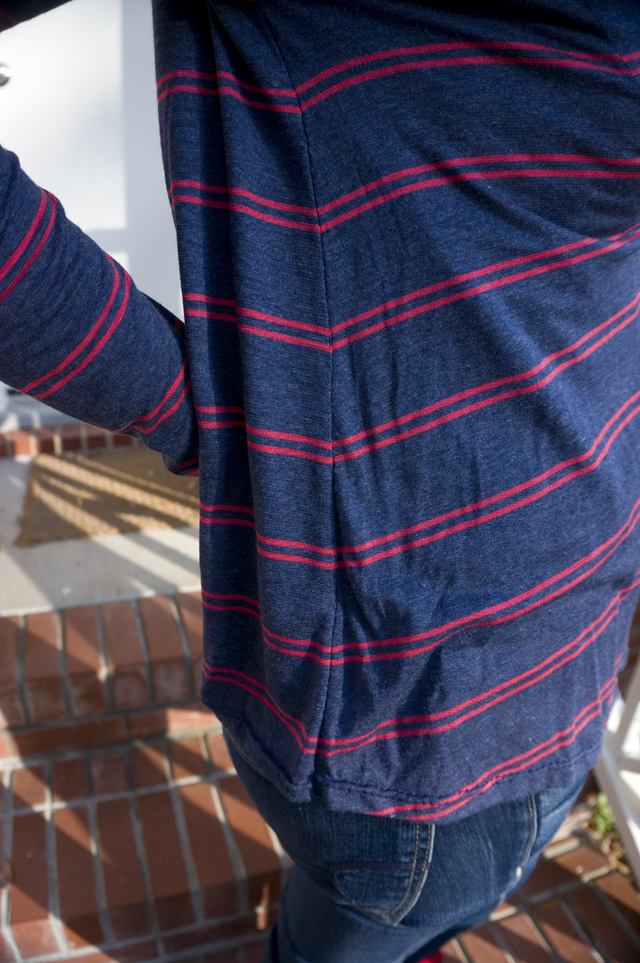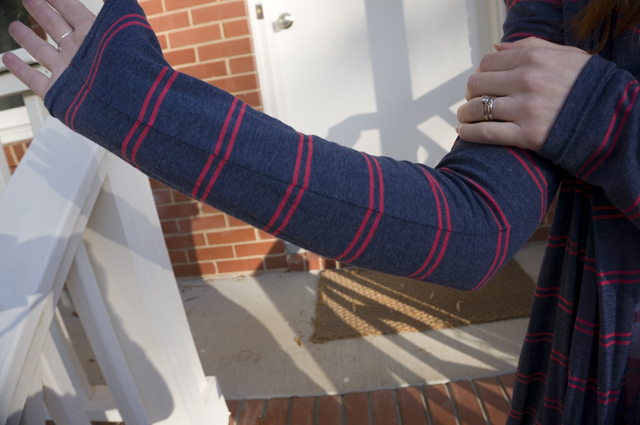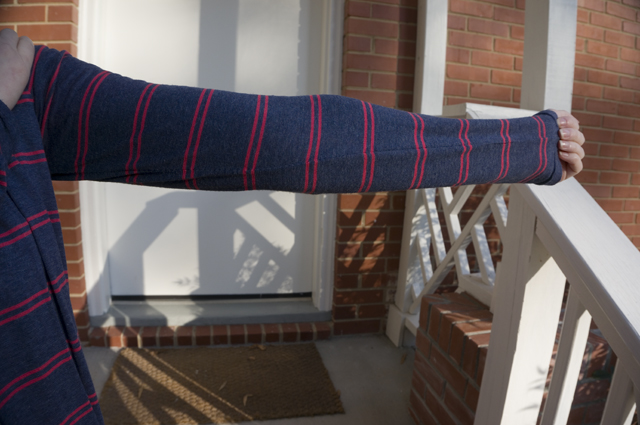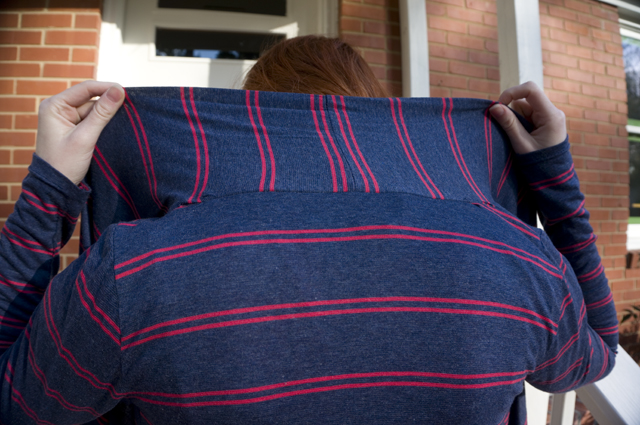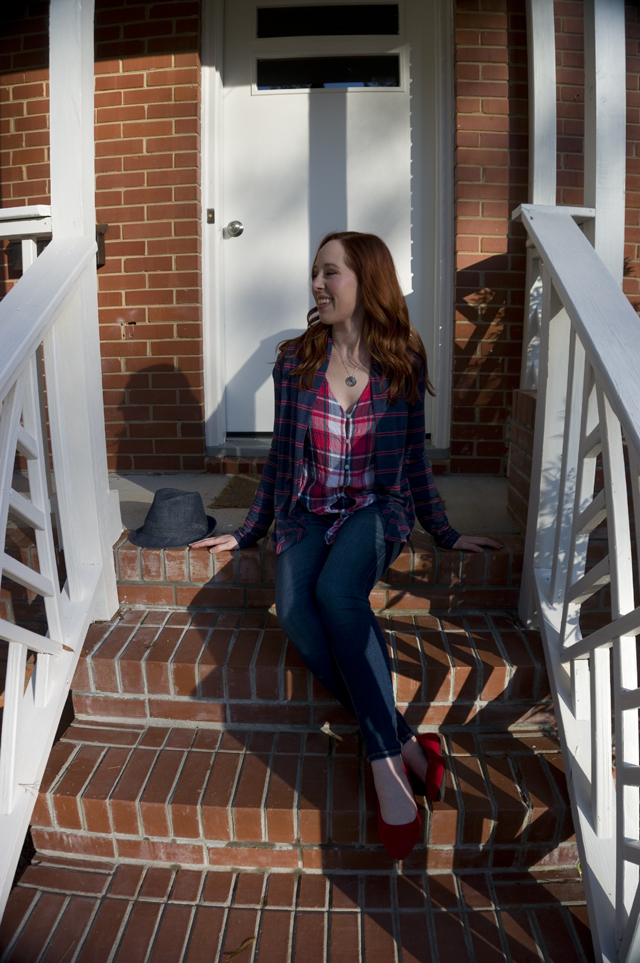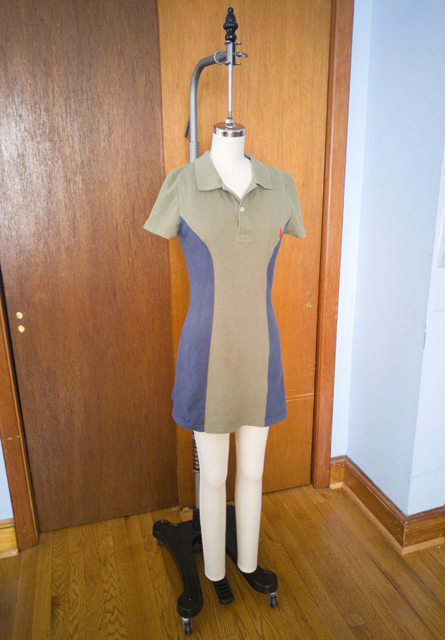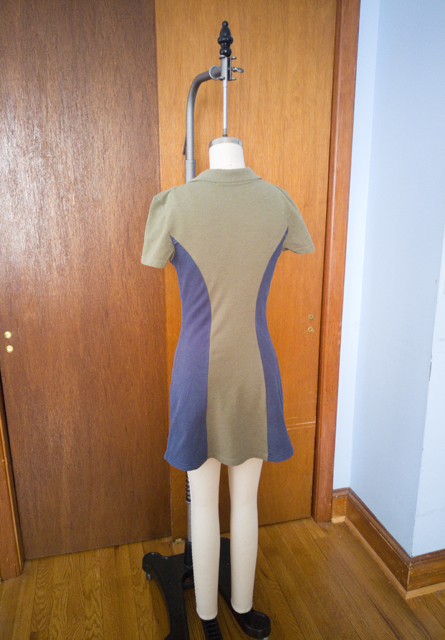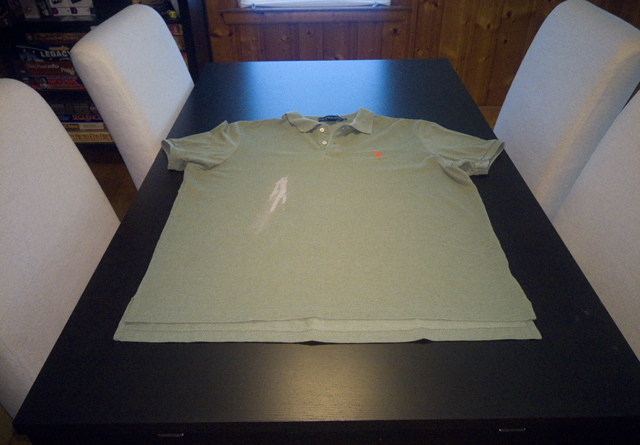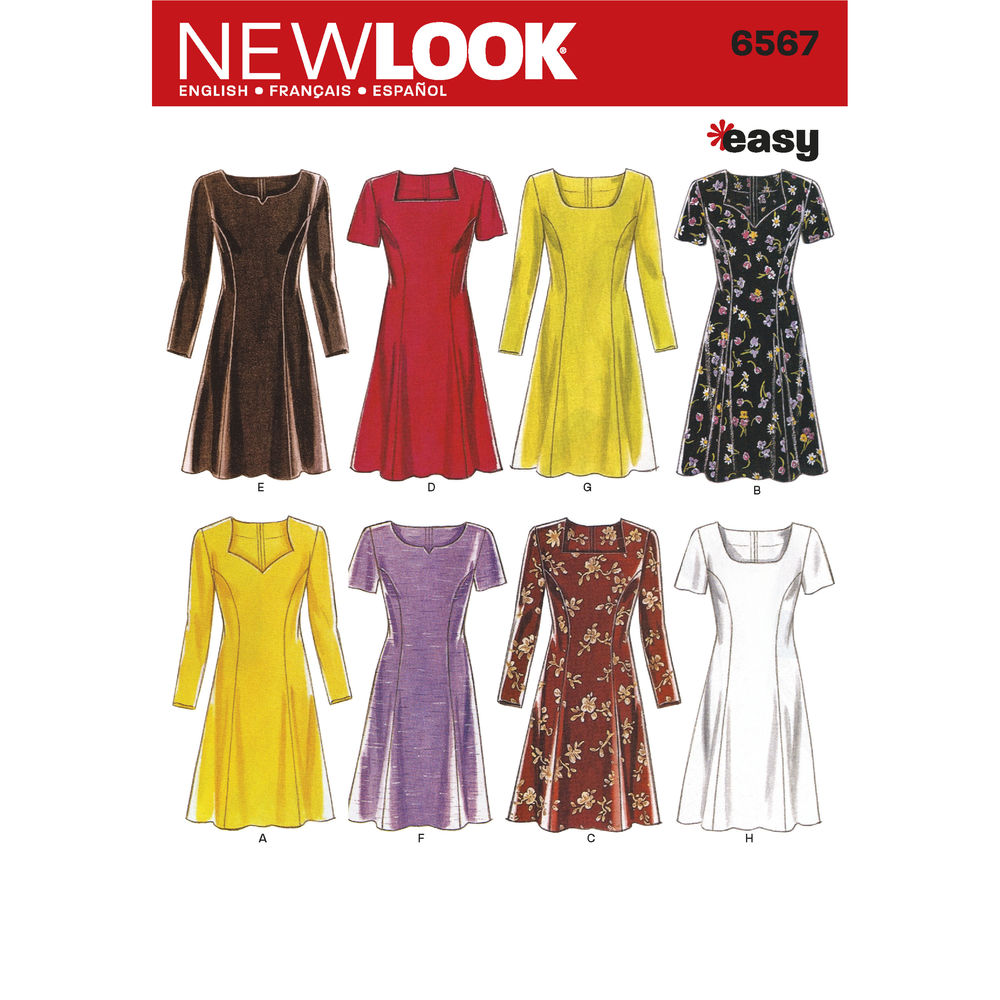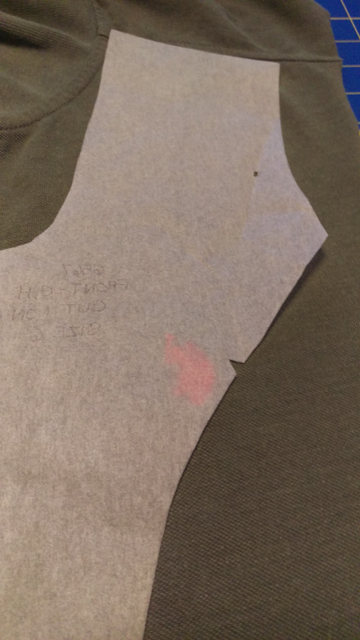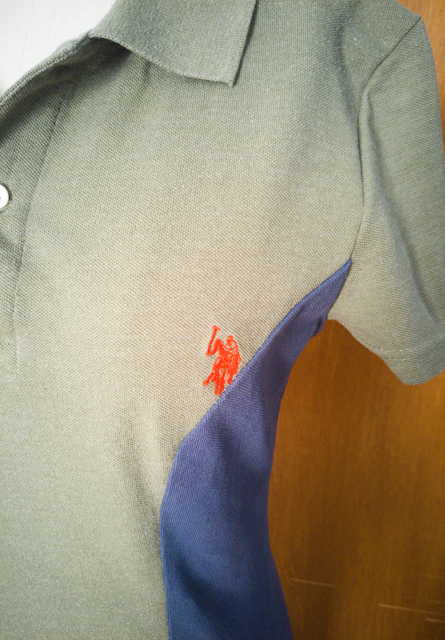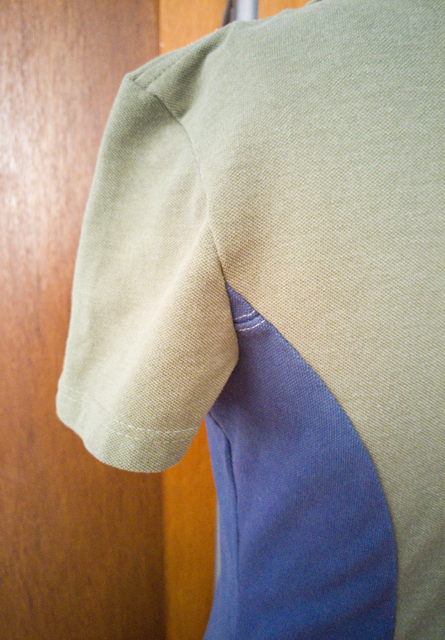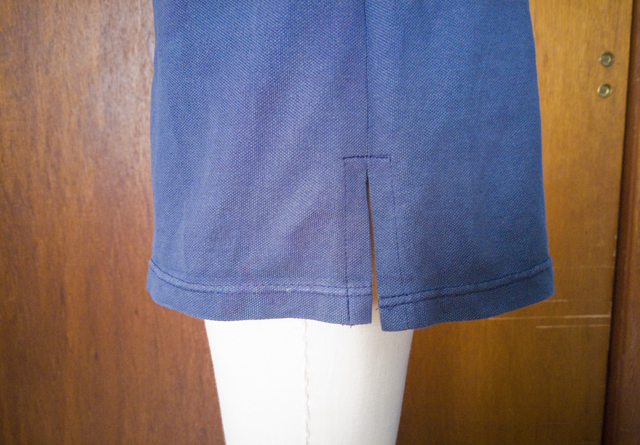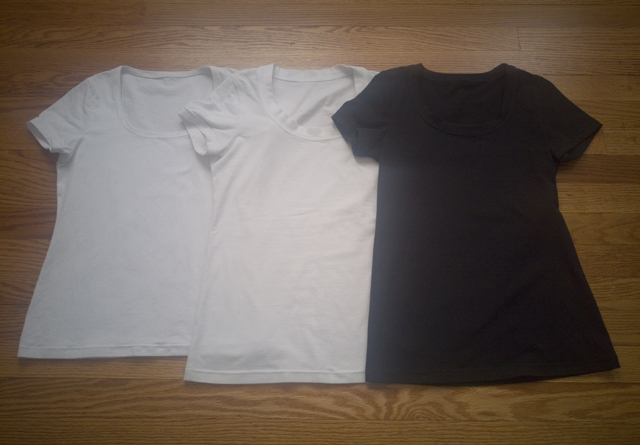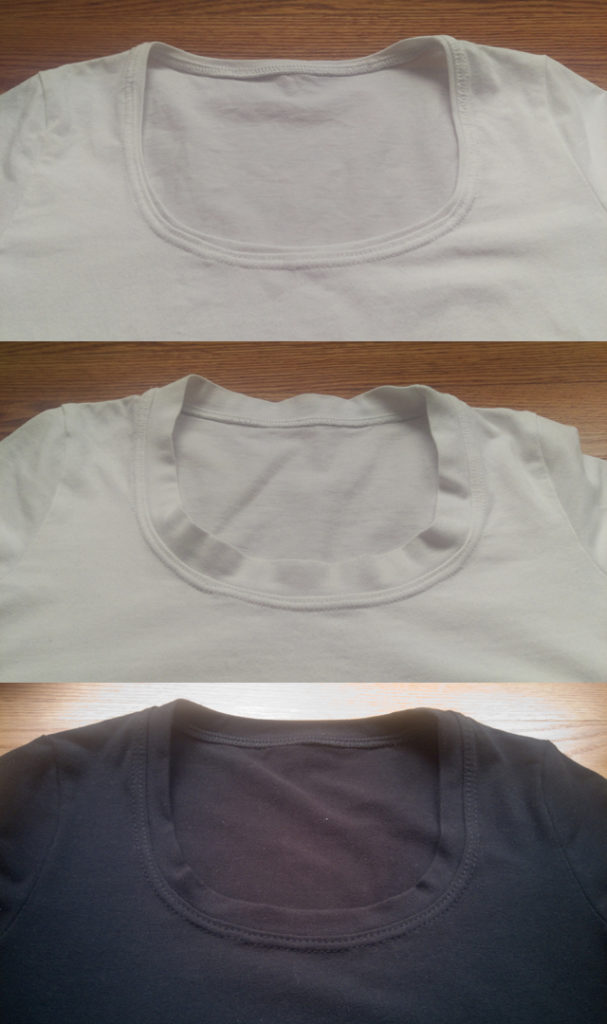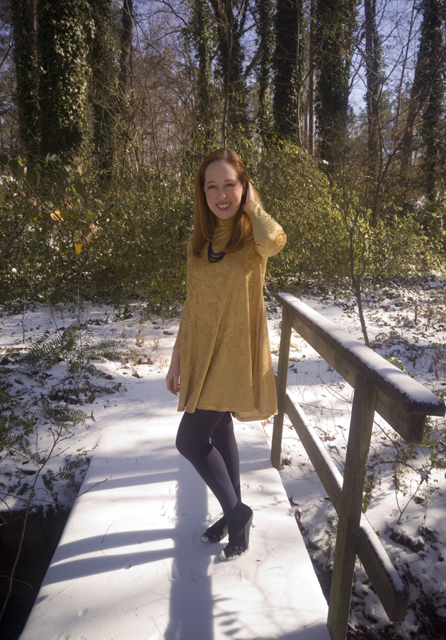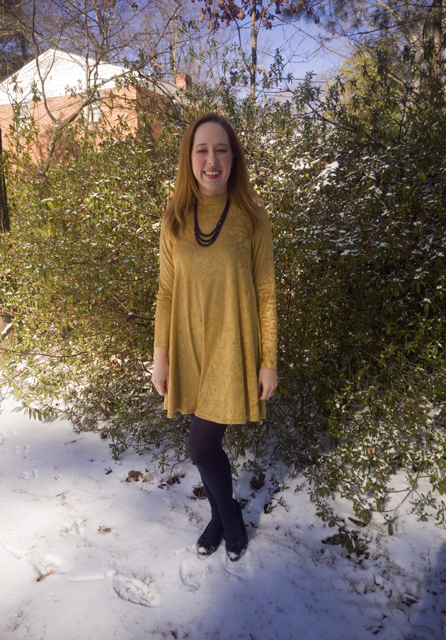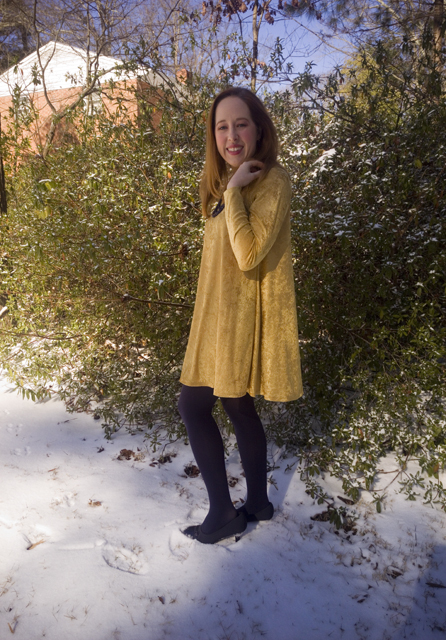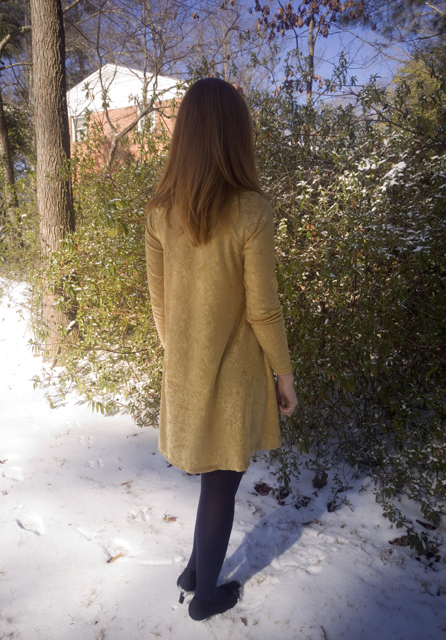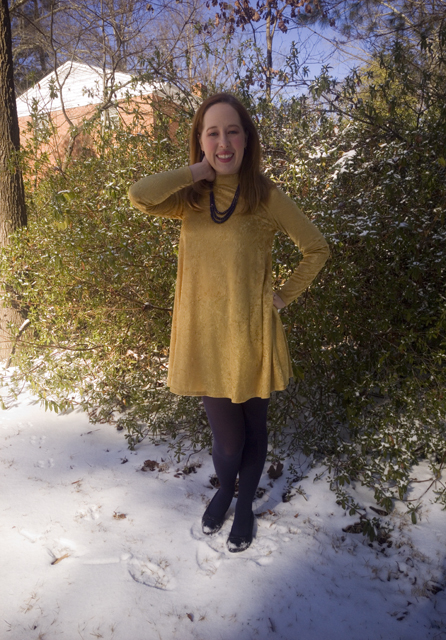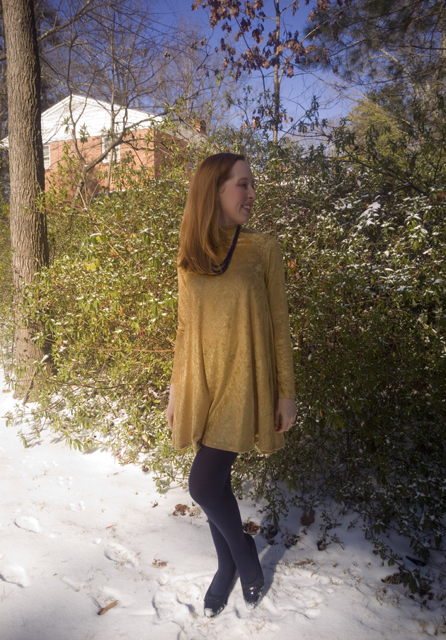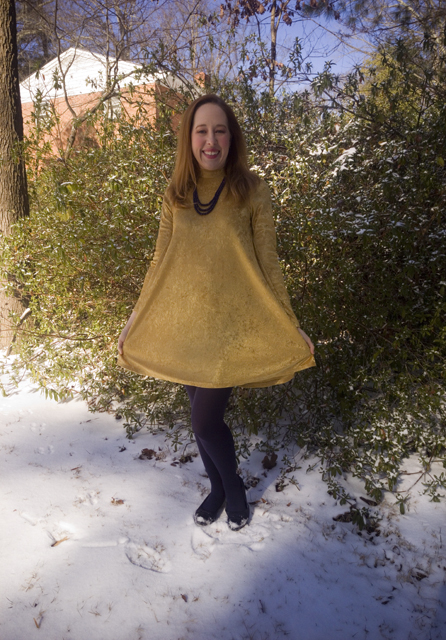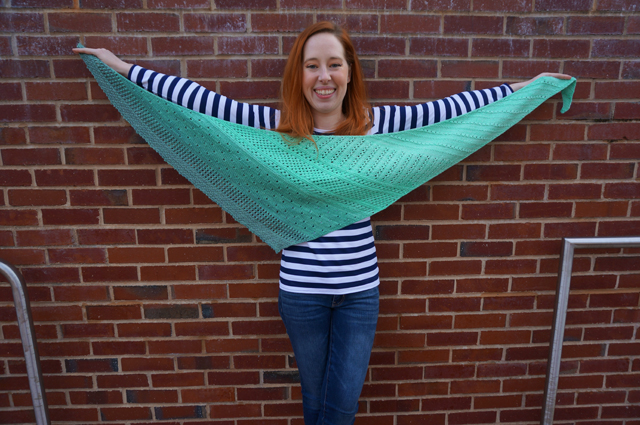
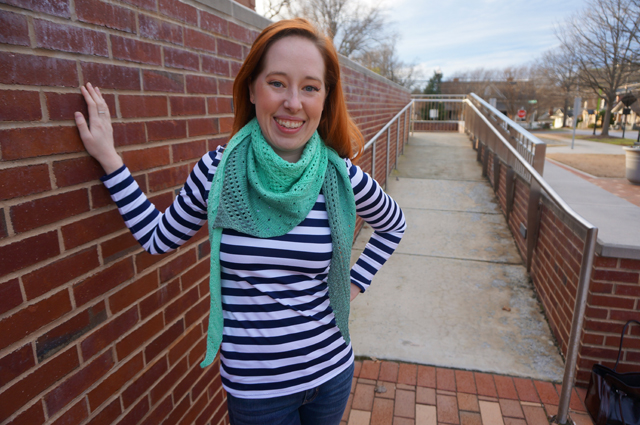

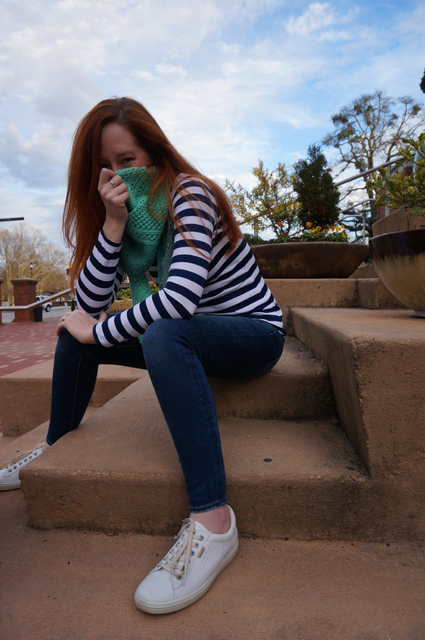
Peer pressure: the catalyst of lying, cheating, stealing, drinking, smoking, and who-knows-how-many other societal woes. As a topic and a scapegoat, it was a perennial favorite in D.A.R.E. Seemingly all of the world’s vices would, someday, be offered up to us innocent lambs in the guise of friendship, and it was our solemn duty as good citizens to stand our ground and say, “no, thank you, I don’t need that to be cool.” We dutifully role-played each of the tactics, in escalating degrees of righteousness, for declining these tantalizing but ultimately life-destroying activities.
Peer pressure got a bad rap. What about using peer pressure for good? There was precious little talk about how peer pressure is also a lever for positive action. You can call it motivation, or a good influence, or tough love, but let’s be clear: it’s still peer pressure.
Take this shawl, for instance. The pattern is the Local Yarn Shawl from designer Casapinka. It was designed and released to commemorate the inaugural Local Yarn Store Day on April 21, 2018. I don’t particularly follow new pattern releases in the knitting world, and I’m not usually tempted by flash sales, special events, and the like. I will occasionally download free patterns when they’re offered, but I don’t go out of my way for them.
But as it happened, my own local yarn store Warm ‘n Fuzzy was one of the participating vendors. It doesn’t take much to bring me into the store, and the promise of a small discount on yarn purchased to create the pattern was as good a reason as any to at least drop by and see what was new.
While I liked the look of both of the sample shawls shown in the pattern and knew that Warm ‘n Fuzzy would have a delectable array of speckled and tonal yarns to suit the larger design, I kept coming back to the blue gradient. It wasn’t really a mystery to me why: every time I went into the store, I’d eye the Ombré Gradients by Freia Handpaints. I’d seen them used to great effect in yoked sweaters, but as I wasn’t ready to tackle large-scale stranded colorwork yet, and the yarns are on the pricier side anyway, I’d always sigh admiringly over them and then move on to something more “practical.”
On LYS Day, there was a great bustle of people in the tiny store, and energy was high. Despite the crowd, I shopped as was my wont: I went immediately to the Freia, which I loved and which absolutely met my needs; then I proceeded to examine, heft, and pet every other fingering-weight yarn on display, because there might be something more suitable, something better than the thing I wanted most; then I drifted back to the Freia collection to dither a little longer, as though there were a real choice to be made.
Eventually Justin took me by the shoulders and said, more or less, “We’ve taken up space long enough; either we buy this yarn or we leave.” (He has a real knack for getting to the point.)
If it had been a sleepy Sunday afternoon, if we had been the only people in the shop, if I hadn’t gotten a cheerful email saying “come out and support your local business!” I might have put the yarn down and walked away. But I wanted the Freia, and I wanted to show Warm ‘n Fuzzy the love they deserve on a day dedicated to everything great about small (and often woman-owned) craft businesses.
Did I spend more money than I intended, more than I’ve ever spent on a shawl? Yes I did. Was I happy with my purchase? Also yes, very much so.
Of course, since I had something else on the needles at the time (though I’ll be blowed if I have any idea what), I didn’t immediately dive into knitting. In fact, I very nearly forgot I had either the pattern or the yarn until I was casting about for something to knit five months later. I had been seeing more sampler-like shawls popping up on Ravelry—ones that used bands of different lace or textural stitches—and got a hankering to knit one.
After scrolling through several pages of designs and finding nothing that particularly scratched the itch I had, Justin very sagely interrupted to ask whether I might have something in my Favorites already, and to suggest that I ought to work on knitting the things I already liked instead of searching high and low for new things to fall in love with. More positive peer pressure at work.
Once I rediscovered the pattern and the yarn, everything was smooth sailing. In the ongoing cosmic irony of my knitting life, I needed two balls of the Freia to have enough yarn for the small shawl which meant—you guessed it!—alternating skeins as though for stripes. Two balls was a manageable level of hassle, however, and the end result was well worth the minor inconvenience. You can find the (few) technical details on my Ravelry project page.
On a less thrilling, more workaday note, the top I’m wearing in these photos is also handmade. The pattern is the SBCC Tonic 2, the (free) long-sleeve version of their popular t-shirt (also free). The fabric is a mystery blend with a high spandex content; it (appropriately) came from Spandex World in the New York City Garment District. I picked up this fabric and another navy-and-white stripe there, along with a small collection of other fabrics from other stores, during a day-long fabric shop tour we planned as part of our 9th anniversary vacation.
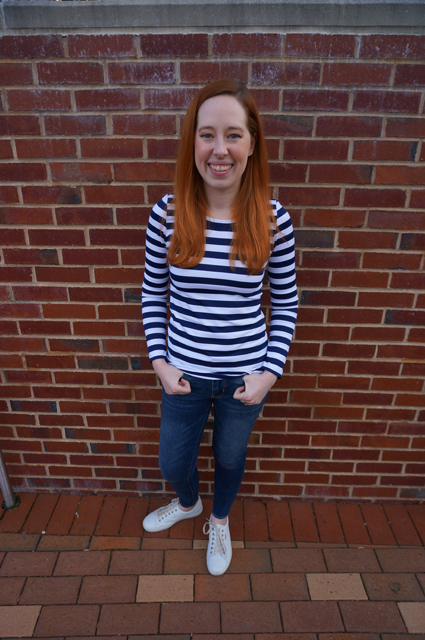
Key differences between the Tonic 2 and the original Tonic tee are the higher crew neckline, longer length, and less-slim-fitting waist and hip. I’ve found I prefer the higher neck, and the longer length meant I didn’t need to add any length like I did to my Tonic tees—in fact, I could probably stand to shave off an inch, to perfectly nail the proportion I like. While think the slightly looser waist is probably a good call in such a thin, clinging knit, I don’t love the relaxed hip: it lacks the negative ease to anchor the top the way I feel it should. Fortunately, it should be easy enough to go back and serge a little excess from the side seams, tapering to nothing at the waist.
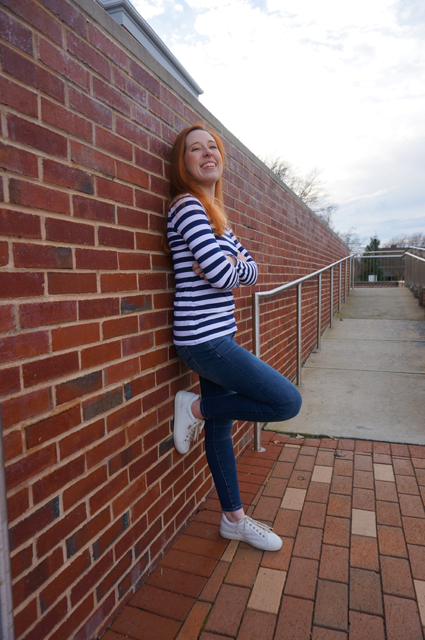
The armhole on the Tonic 2 is ever so slightly more scooped than the Tonic. The sleeves feel a little weird to me, like the seam isn’t quite in the right place. I can’t tell if it’s because I might have accidentally set the sleeves in backwards, because the bicep is a little too snug, or because I’m being a princess who wants perfection in handmade clothes. Whatever it is, it isn’t bad enough to stop me from wearing it.
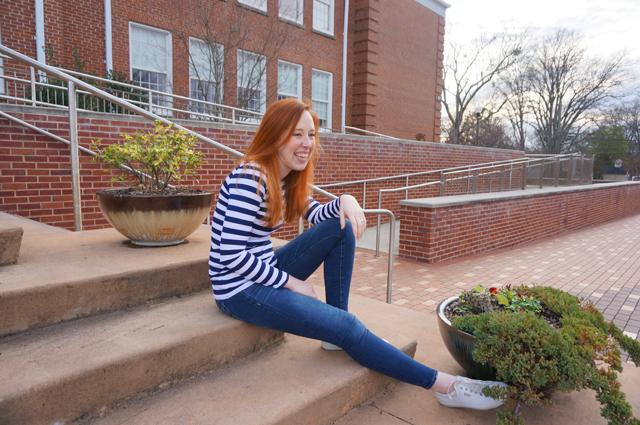
I also made a short sleeve version of this top, using all of the Tonic 2 pieces but chopping off the sleeves at the Tonic length. I didn’t bother with pictures, though, because yawn. But I’ve worn both tops a ton in both business casual and casual outfits!
I even eked out a pair of underwear using Zoe’s free Pants/Undies/Knickers pattern, but they’re too small. I can’t decide whether I want to size up or find another pattern; I have a couple in my stash I could try before diving into a search online.
